West High has the smallest black student population of all the Parkway District high schools at 11% of students — 5% lower than the district average, as recorded in Parkway’s Tableau Database. While West High has diversified since 2015, the percentage of black students has remained relatively consistent since a decade ago. Meanwhile, the percentage of students identifying as Asian has doubled to nearly 17%, and the white population has remained a significant majority of the school demographic.
Within the limited sphere of black student representation at West High, Black Student Union (BSU) gives students the opportunity to connect through common ancestry and heritage. The black student population is not projected to expand greatly, a fact that solidifies BSU as a practical medium for the voices of black students.
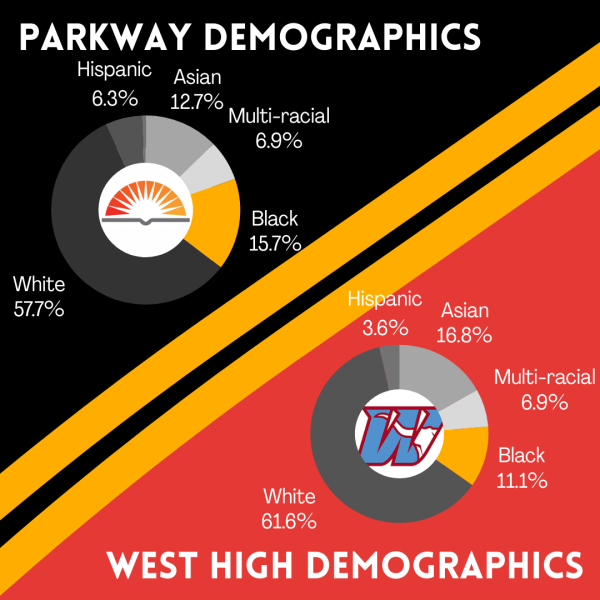
Despite BSU’s role as a stage, it has struggled through policy and leadership in recent years. In the past, BSU meetings generally took place in the library during AcLab. BSU had presidents, but an eventual lack of leadership hindered participation. Irregular academic performance also directed the aim of BSU toward school and college, and away from strengthening the community. Then, assistant principal Kate Piffel stepped in to help realign BSU.
This year, BSU is implementing many changes, some reflecting the past and others carving their own path. Nonetheless, to understand BSU’s restructuring, it’s necessary to trace steps back to Equity in Action (EIA). The district EIA committee meets to discuss the state of equity and sculpt plans to diminish injustice. Piffel oversees BSU and, through meetings with other high schools in the district, most notably Central High, has secured transformative ideas for West High’s BSU.
“It has been an evolutionary process since I took this program [on] eight [or] nine years ago, and we’ve honed in [on] how to best support students [who] might need more support,” Piffel said.
Alongside Piffel, math teacher Andrea Horn attends the EIA meetings as a teacher representative.
“Two or three years ago, we started the school year analyzing data; within that data, it was glaringly obvious that the subset of black students were struggling academically at our school,” Horn said. “To see the disparity was heartbreaking. In January, there [were still] no solutions, [so] I [saw] this problem [and wanted] to help fix [it].”
Parkway’s Department of Diversity, Equity and Inclusion (DEI) manages the EIA. Two years ago, Director of DEI Cartelia Lucas developed the current criteria for EIA, African American Achievement (AAA) and the African American Student Acceleration Program (ASAP). These programs aim to build a “positive racial identity” and aid students academically.
“I advance equitable practices throughout our district and community. That [includes] providing professional development to our leaders [and] teachers on inclusion and thinking through how [to] live [equitably],” Lucas said. “I also sit [in] on our committees and action teams to provide that lens of equity.”
Additionally, Lucas provides a space for leaders during district EIA meetings. Whereas EIA previously met monthly, they now meet quarterly — allowing teachers and administrators more flexibility. Moreover, representatives gather by educational level: elementary, middle school and high school. Through this, any adjustments can be tailored to the unique needs of each level.
“All the high school leaders meet to share ideas [and] talk about how things are going. Instead of reinventing the wheel, we’re working to come together and support each other and our students,” Piffel said.
Thus, EIA’s developments inspired Piffel to bring changes to BSU at West. These reflections led to more student initiative. At the first BSU meeting, club sponsors tasked students with writing their wants and needs from BSU and what they believed was missing. Piffel opened the floor to students’ suggestions and critiques, and since then, a BSU Leadership Team has formed, composed of seven student leaders.
“We’re still [restructuring BSU]. As adults, we envision it as a place [where] kids can socialize, get to know each other [and] build community. At the end of the day, we want it to be what the students want it to be. [It’s] not our club; we’re just there to guide it,” Horn said.
While Lucas didn’t propose West High’s BSU changes, she offered her support after hearing of increased student leadership.
“Our students’ voices need to be at the table anytime we’re talking about change and enacting systems, procedures, or policies,” Lucas said. “Kids’ voices give us perspective on things that we might not understand or realize.”
Following the formation of the team at the first meeting, the leaders have been central to decision-making for the club. Junior Tanatswa Zirengani is one of the leaders and has collaborated with Piffel to plan meetings.
“This year, [the structure of BSU] shifted a bit,” Ziregani said. “Last year, two [visitors] from Africa taught us how to dance, [and] it was just a cultural experience. That’s when we [began shifting] to more of a leisure experience, instead of [strictly] academic.”
Despite the BSU Leadership Team’s acceptance of changes to the club, they remain hesitant on certain proposed practices. For example, as finding a time and place to meet is difficult due to the frequent loss of AcLab modules and size of BSU, Piffel intended to expand BSU’s impact by moving meetings to after school.
“I noticed last year that we had more students staying after [school], [wanting] a place to be and participate, so my goal was to make it where anybody is welcome and kids that [can’t attend AcLab meetings] can stay after school,” Piffel said.
However, BSU meetings and other extracurricular activities, like sports, would often coincide. Some students also have familial and financial situations that cause them to be strapped for time.
“I’m feeling six in one hand [and] half a dozen in the other,” Lucas said. “There are kids who need to access their teachers [during AcLab] to ensure their academics are strong, [but] some students may not have access after school. While we’re fixing one concern, we may be opening another.”
On Nov. 22, the BSU Leadership Team met to deliberate on when the most accessible time for their next meeting would be. They decided to hold it during AcLab in science teacher Tim Burkard’s room. Piffel would monitor the participation at the meeting to see if AcLab meetings were the best option. For the meeting, BSU leader and sophomore Madison Mays helped provide snacks and plan an UNO tournament to build the club’s camaraderie.
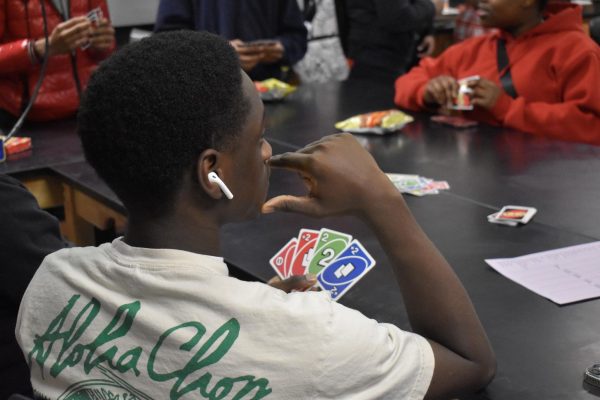
“I enjoyed our BSU meeting. There was [a lot] of laughing and fellowship, [which] was needed [in] our community,” Mays said. “As a BSU leader, I feel as though this type of [activity] is what we need, and I hope we can continue to make it happen.”
Although cooperation between administrators, teachers and students alike has transformed BSU, one thing remains the same: BSU nurtures a mission for cultural awareness and appreciation. To continue toward this goal, Piffel encourages black students to join and contribute to the community.
“We did Trunk or Treat for the first time this year, and that was all led by the students,” Piffel said. “That’s what I’d like to see: leadership and ownership over the club. I’d love to see stronger presence and participation [at] West [High], having a voice to create change.”

![Alongside club sponsors Andrea Horn and Tim Burkard, assistant principal Kate Piffel prompts a discussion at the first Black Student Union (BSU) meeting. She accepted suggestions for BSU from members like BSU Leader and junior Tanatswa Zirengani, who moved from Zimbabwe in 2021. “Moving here and transitioning into a new school [and] lifestyle, [BSU] became [a place] where I could be myself and talk about issues that I felt comfortable talking about back home. BSU [also] gave me the opportunity to venture into the post-high-school experience, telling me [some] things to expect,” Zirengani said.](https://pwestpathfinder.com/wp-content/uploads/2024/12/DSC_0120-1-1200x800.jpg)


![“I was the girl that always played teacher when I [was] growing up. I [would set] my dolls up and stuffed animals up and they’d be my students [that I] would play school with. When I graduated high school, I went to Mizzou to become a broadcast journalist. I talked to a couple of people in the field and they all said to go wherever the jobs are. I knew I wasn't the type of person [whose] career was going to drive them around the world, and I knew I was in the wrong place, so I talked to my parents, and they [said] that I’ve always loved teaching. I went to Missouri State University, [then got a job] in a small town called Buffalo just north of Springfield and I worked there for two years. After that, I decided to get my graduate degree in math, and I had an opportunity to get a grad assistantship where I could go to school and teach. We ended up moving here to St. Louis and I taught for 10 years in the Fort Zumwalt district, and then seven years here at Parkway West. The one piece of advice I always give students is that they will spend more waking hours of their adult life in their job than anything else they do; so find something that you're passionate about and something that you love. Oftentimes as an adult, I feel like I'm saying one thing and doing another thing, but that [advice] I feel like I'm truly living.” – Andrea Horn, Math](https://pwestpathfinder.com/wp-content/uploads/2024/02/DSC0040-1200x800.jpg)
![In 1976, President Gerald Ford officially recognized Black History Month as a national timeframe to honor the legacies and accomplishments of African Americans throughout United States history. However, Black history has influenced the world since far before Ford’s announcement, bringing modern society to the place it is today. “[Black excellence] is about the people that meant a lot to the world, [who] succeeded in life and really dedicated themselves to doing this for us. [Door decorating] shows how much we appreciate them and shows the world how we couldn’t do any of this without these people in our lives,” Black Student Union member and sophomore Nemo Moye said.](https://pwestpathfinder.com/wp-content/uploads/2024/02/unnamed.png)
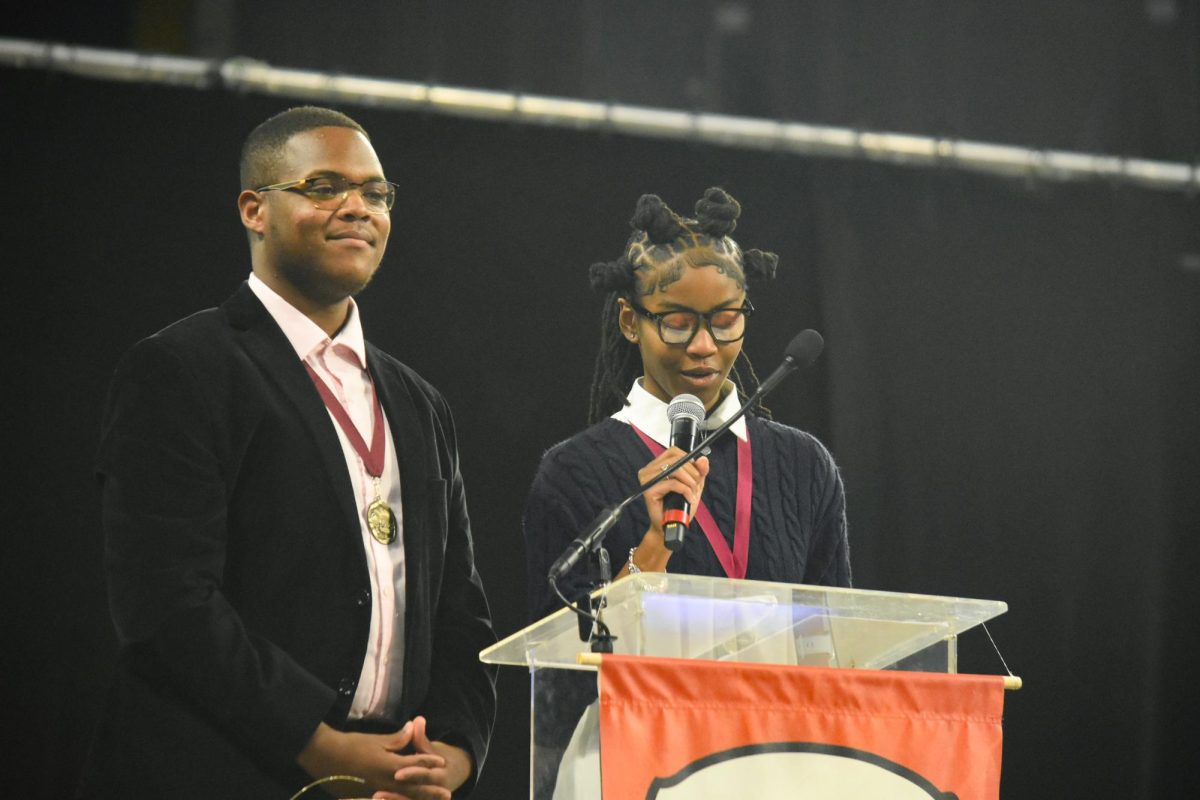
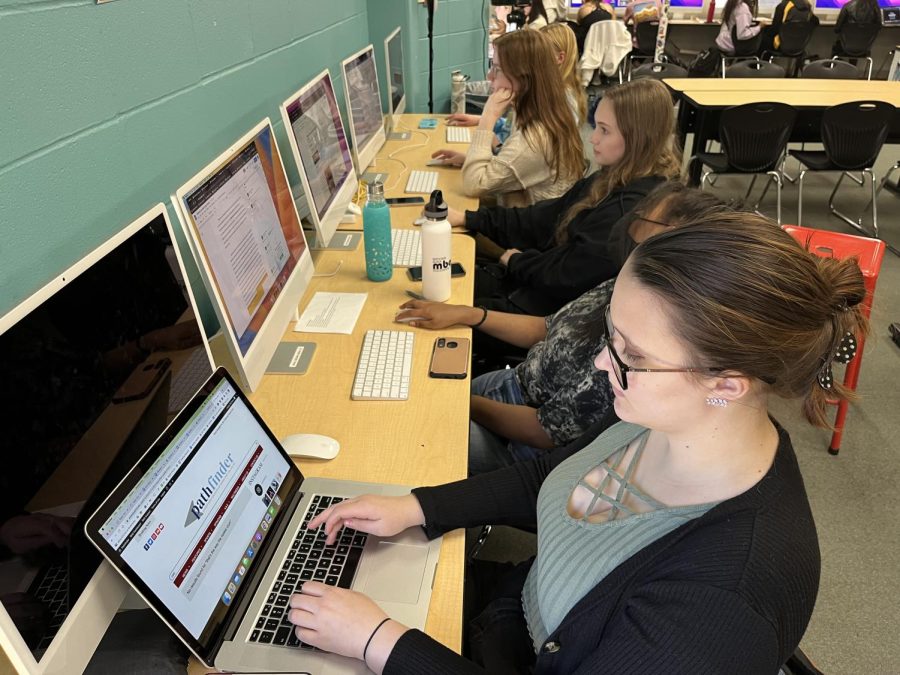
![The battle of ingratiating Black history into the mainstream has been arduous, especially with the media’s capitalization on villainizing Black history. Underneath this vilification lies a history that is abundant in culture and has impacted America more than it is typically credited with. “Representation is [a] really big [deal], and people want to do things that they can see themselves being represented in. I think that a lot of African Americans — and a lot of students in general — don’t know how rich the history of Black [people] is in America,” senior and Black Student Union president Lauren McLeod said.](https://pwestpathfinder.com/wp-content/uploads/2023/02/vilificationofblackhistoryfeatured.png)
![Juniors Ben Livak and Emily McClurg sit on the track after the fire alarm went off. Because class had not yet started, students gathered on the football field in groups with friends. “I had to make sure I grabbed all my stuff because I didn’t know what was gonna happen. Class hadn’t even started [when] we started heading outside,” Livak said. “[The process of being led back] was actually really smooth. I saw a little confusion with people trying to go different directions, but [teachers] got it under control.”](https://pwestpathfinder.com/wp-content/uploads/2022/08/image1-900x675.jpg)
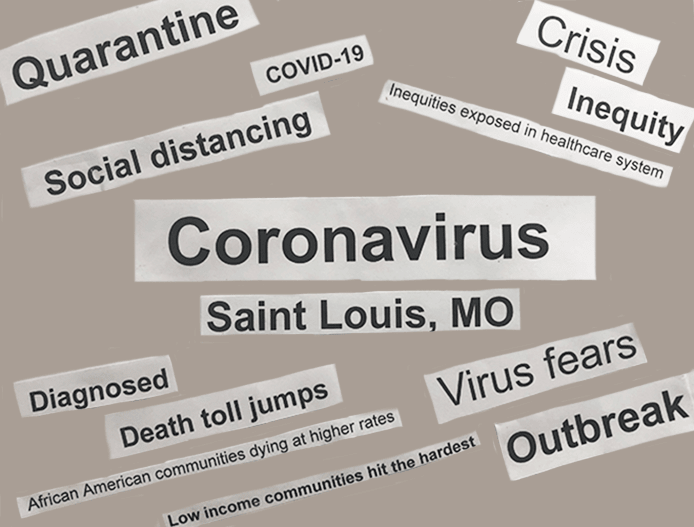
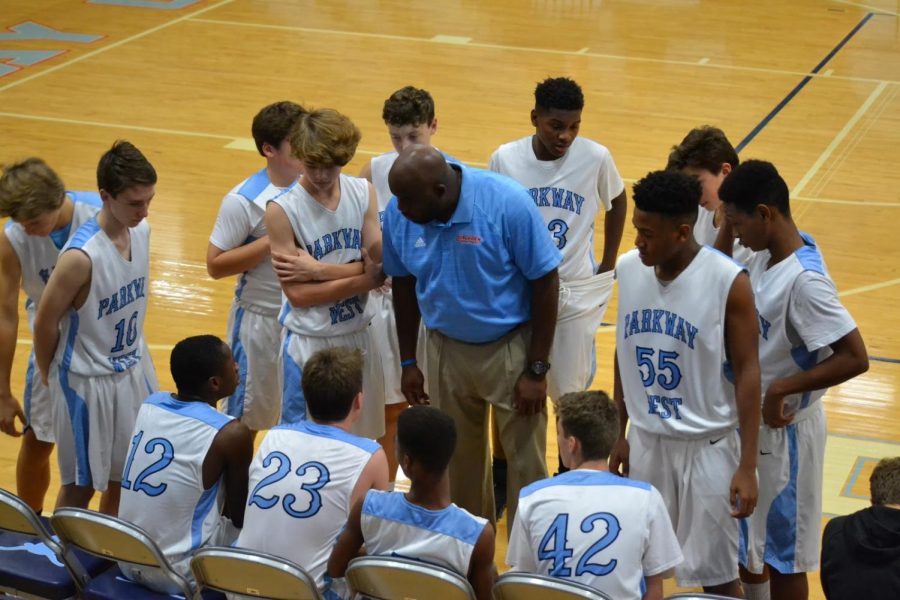
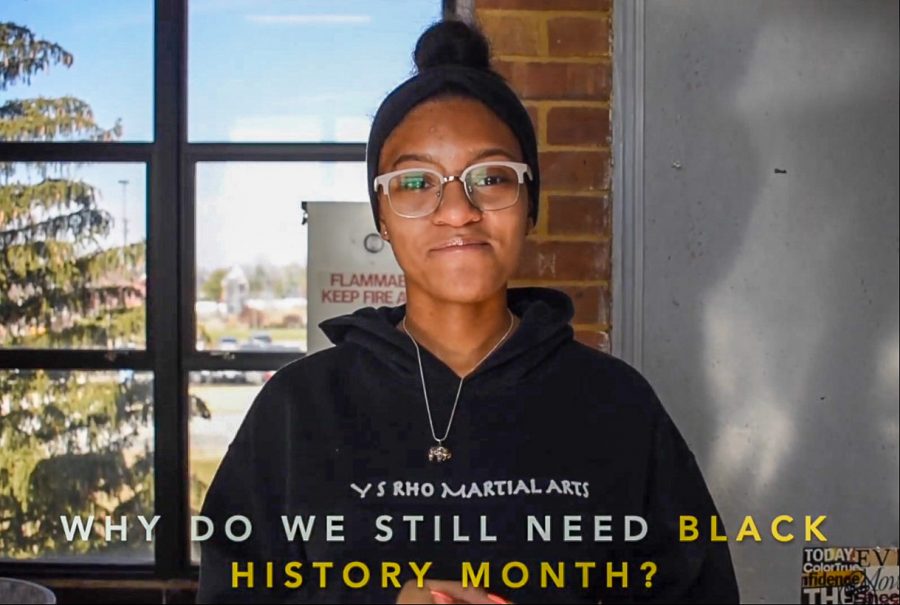
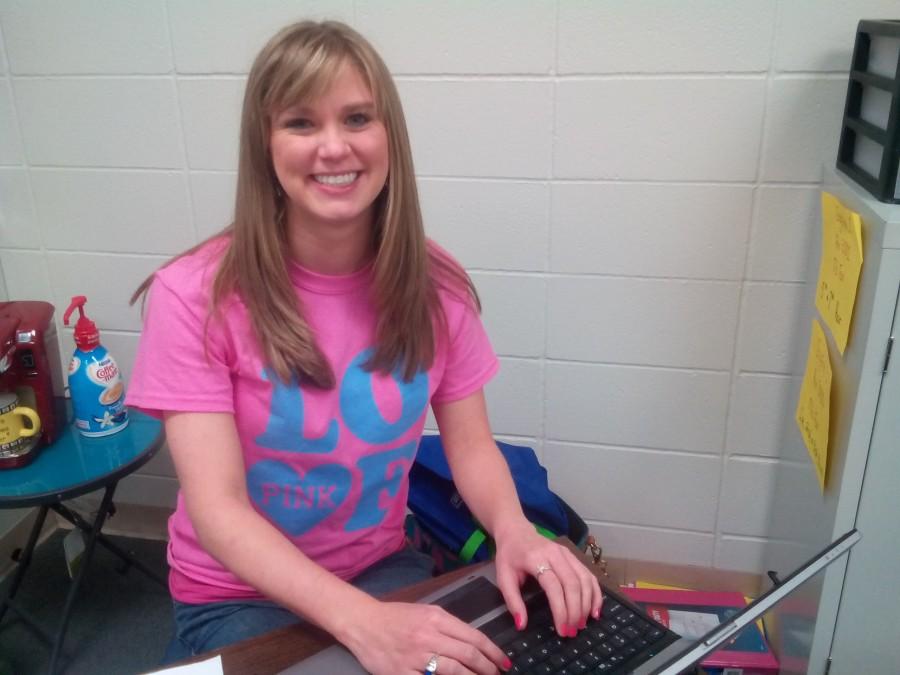
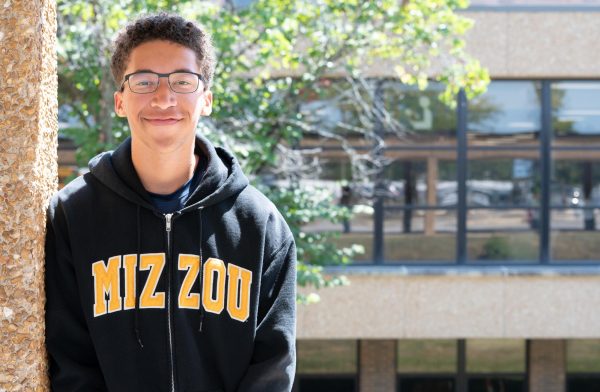
Bob Cline • Jan 15, 2025 at 7:22 pm
Great article Sage.